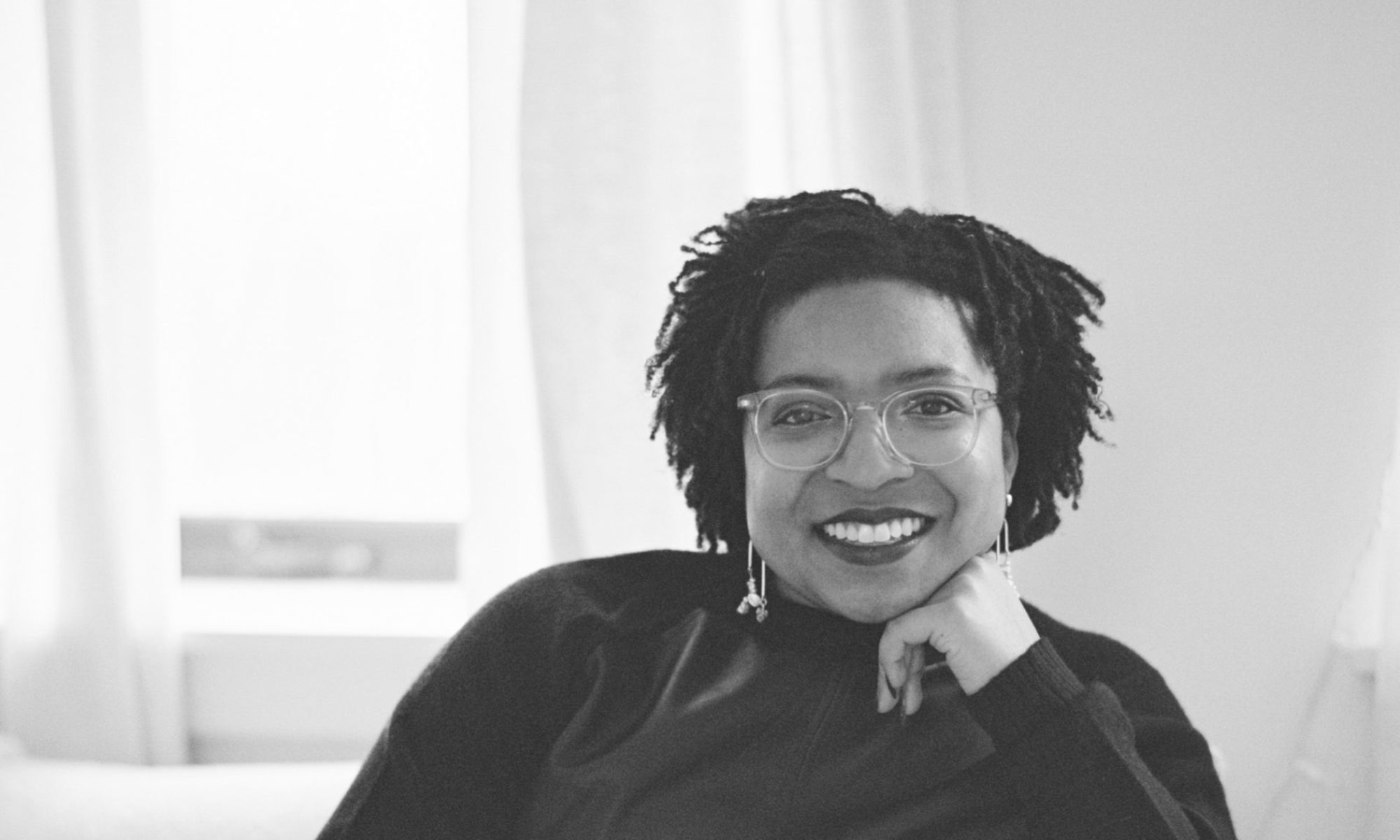I’m now two seasons into my podcast “Be About It” where I interview founders who are solving meaningful problems.
So far, I’ve had 15 amazing founders on my podcast. Each one is solving a
real pain point experienced by 80% of the USA — individuals making
under $100K and small business owners.
Across the founders I interviewed, there was a single pervasive concern. When you target such a large population, how do you actually reach them? Reaching the top 20% is not easy, but it is relatively straightforward. The toolkit for most includes some cocktail of Facebook/Google ads, App Store hacks and modern design.
Reaching individuals and small business owners located in the remaining 80% is much more complicated.
Their interests are varied, they are not all located in one online community and are very hard to please because they have to see immediate ROI in their purchases.
They do not have excess capital to be as patient as the top 20%.
I saw this first hand when I was working in the NYC Department of Consumer Affairs in the Mayor Bloomberg years. There, I was tasked with managing the product launch of SaveUSA across New York City. SaveUSA was created to demonstrate that a progressive tax policy that incentivized low-income tax filers to save some of their tax refund could impact the wealth gap.
Essentially, I was in charge of finding people to give free* money to. Easy right? No. From the marketing — where do you find low-income tax filers? — to the onboarding & engagement — how do you keep these tax filers engaged over a series of months?, my experience at SaveUSA was a deep dive into the complexities of targeting a diverse population.
In SaveUSA’s NYC campaign, here’s what really worked for us:
Meet folks where they are. I learned how to do taxes (*shout out to
VITA*) so that I could help folks with their tax filing and then enroll
them into the SaveUSA program. This helped us understand exactly what
the main pain points were for tax-filers and address them immediately.
Also doing someone’s taxes really builds their trust.
Be respectful of their time. When we incorporated an ability to sign-up
for SaveUSA into the flow of tax filing — which was difficult because a
critical piece of signing up for SaveUSA included opening a new bank
account — we saw a huge increase in take-up rate.
Speak to their best selves. One of the selling points that worked best
for us during SaveUSA was speaking to the tax-filers’ best selves. This
is especially hard in a culture that treats poverty as an illness. But
framing questions around: “How can we figure out how to pay the most
critical bills now and save the rest?” instead of “Why haven’t you paid
those bills yet?” worked wonders.
It was enlightening to hear additional techniques on how to engage this segment from the founders I talked to on the podcast.
Here are the top 3 recommendations I learned from the founders I interviewed:
Do your research. Jimmy Chen at Propel shared how important it is to
conduct deep customer interviews to understand how to build the most
intuitive product possible. 🎧
Don’t reinvent the wheel. Chai Mishra at MoveButter discussed how
important it is to work within the ecosystems that exist for the
communities you are trying to serve. 🎧
Build a movement. I learned from Beatriz Helena Ramos at Dada how to
help creators build communities among themselves in order to catalyze an
even larger movement. 🎧
I am inspired that people are proactively exploring the long tail wave of consumers and coming up with creative solutions. At the end of the day, it reminds me that the most important thing founders can build is a strong community.
If you’re interested in learning some of these hacks, check out the past couple of seasons of “Be About It.” You can listen to it anywhere — from Soundcloud, Breaker to Apple Podcasts.
I’d love to hear from you! What have you learned from the founders in the episodes? Do you have ideas of founders I should talk to? Leave me a comment below or reach out to the podcast on Twitter @thebeaboutitpod.
*The money was not technically free. The participants received a 50% match for every dollar they saved for 6 months, up to $500.
